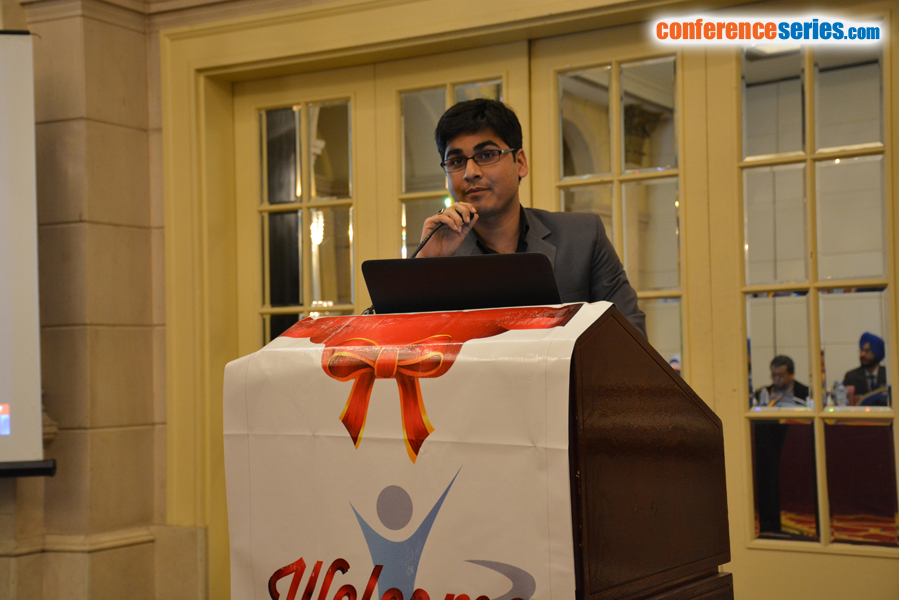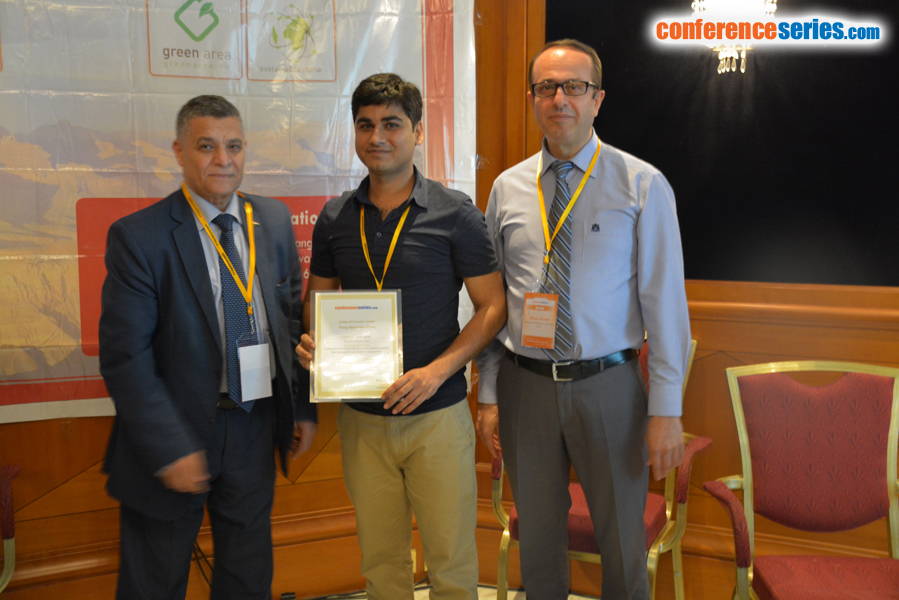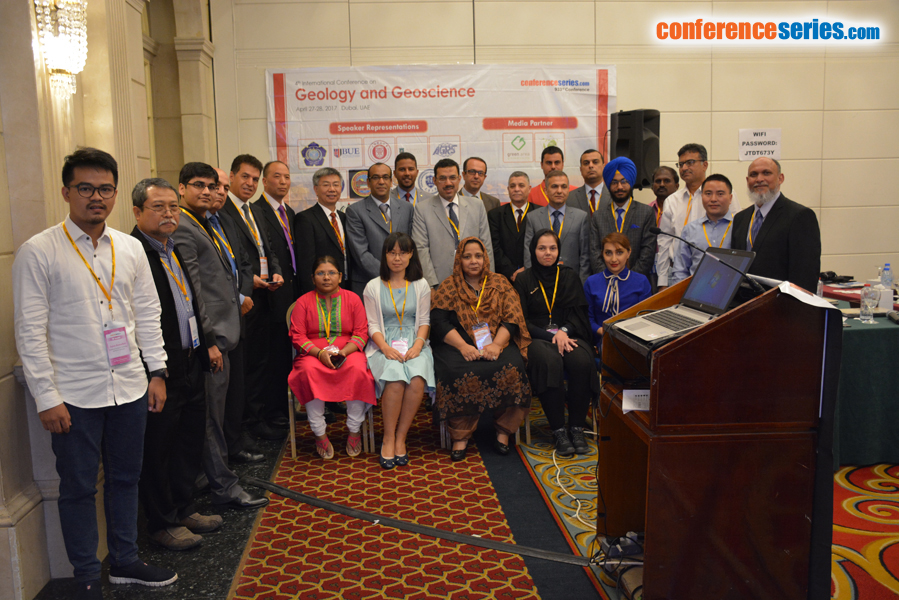
Abdul Wahid
Xi’an Shiyou University, China
Title: Geochemical characteristics of oil shale (major and trace elements); depositional environment of Triassic Yanchang formation (chang 7 member) at Tongchuan, Ordos Basin
Biography
Biography: Abdul Wahid
Abstract
The Triassic Yanchang Formation (Chang 7) oil shale is widely distributed in Ordos Basin, while Tongchuan is one of the typical outcrop areas of distribution. The objective of this study was to determine the depositional environment and some tectonic setting in which the oil shale of the study area is deposited. Sixteen selected samples were analyzed using ICP-MS at the northwest institute for non-ferrous metal research for the abundances of some trace element contents such as V, Ni, Cr, Ba, Sr, U and Th and Rare Earth Elements (REE) contents like La, Yb, Eu and Ce. Paleo-redox indices such as Th/U, V/(V+Ni), V/Cr and δU indicate that the depositional environment of Yanchang formation is reducing. Molybdenum (Mo) is the diagnostic element for reducing environment under sea water, the enrichment of Mo as compared to other trace elements also supports the reducing environment of study area. Paleosalinity is determined on the basis of Boron (B), Illite, Montmorillonite and kaolinite contents and the results show that the study area belongs from brackish to semi saline water sedimentary environment. The negative values of Ce anomaly and Eu anomaly indicates that the study area belongs to hydrothermal sedimentary environment in redox situation. All the values of Th/U are less than 1; it means the deposition of the study area occurred under hot water. La/Yb-REE and La/Yb-Ce/Yb graphs show that mostly samples fall into basalt and other into overlapping areas. So in the expansion period, the basement fracture activities are responsible for hot fluids at the basement of the lake. In the study area, sedimentary period of Chang 7, hydrothermal activities in the lake bottom exist and played a key role in accelerating the extensive development of oil shale.



